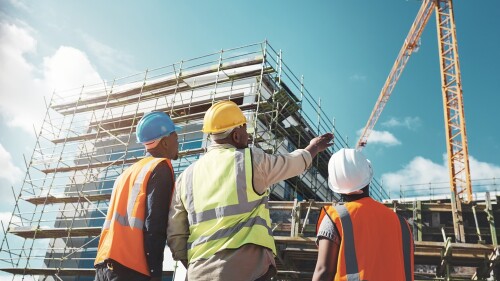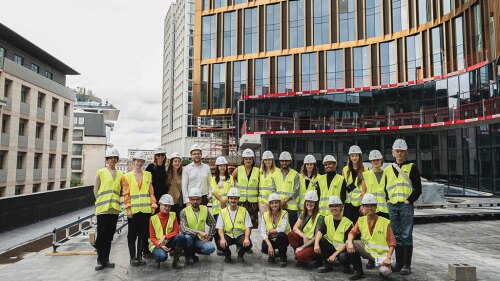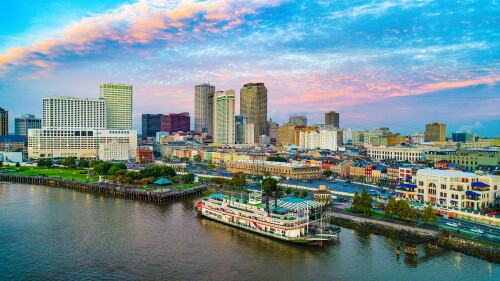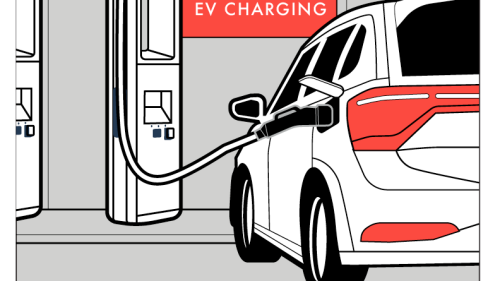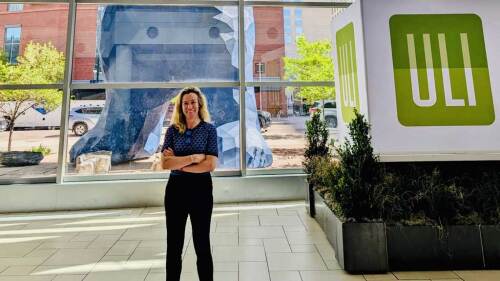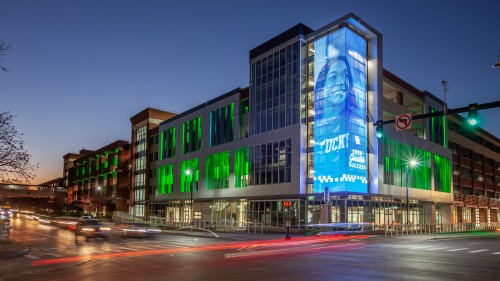Topics
Capital Markets and Finance
The Opportunity Zone program, a national model to spur private investment of housing in underserved areas, has been extended by Congress beyond 2026, marking a significant opportunity for real estate professionals. This innovative initiative not only helps rebuild communities but is a win-win for residents, property developers, and investors. The program’s success in transforming economically distressed areas has proven its value, making it crucial for industry leaders to continue supporting it.
Oracle’s stock recently surged 36 percent in a single day after the announcement of a new deal with OpenAI—a spike that generated an extra $244 billion in market cap for the company. The move fueled increased speculation about a potential AI bubble brewing. Such high-flying stock prices recall the dot-com bubble, when the NASDAQ stock index lost more than 70 percent of its value, dropping from a high of 5,048 in March 2000 to a low of 1,139 in October 2002.
Despite a still tepid transaction market, commercial and multifamily mortgage loan originations increased in the second quarter—up 66 percent compared to a year ago, and up 48 percent from the first quarter of 2025, according to the Mortgage Bankers Association. But what is the outlook for access to debt and equity capital in the second half of the year? Apart from interest rates, where are the biggest pain points in the market for commercial real estate financing?
Design & Planning
Visionary placemaking leader Carol Coletta, recognized for her transformative impact on urban environments, to receive the ULI Prize for Visionaries in Urban Development.
Across the Brisbane River from Brisbane, Australia’s central business district, the 33-story Upper House residential tower stands out in the city’s skyline with its “dancing balconies” and curving timber ribbons inspired by the prominent roots of Queensland’s native Moreton Bay fig tree.
In cities large and small around the world—from Columbus, Ohio, to Valencia, Spain—a major focus of modern urban revitalization has been the addition of new sports arenas, purposely built in concert with supportive, mixed-use developments that can become self-sustaining neighborhoods.
Development and Construction
Washington, D.C. is generally not known for either artists or gritty industrial space, but both exist there. One project attempting to turn these rare commodities to its advantage is the Brookland Artspace Lofts project, which will provide 41 affordable live/work apartments for working artists. Gap financing linked to the federal stimulus program, plus support from a local dance school, helped make the project possible.
How will your city and its public officials, urban thinkers, and community leaders score in the future based on whether they rose to the challenge of doing more with less or gave in to the temptation of policy retrenchment and disinvestment? Read how one city has focused on playing to its competitive strengths and diversifying its economy.
In spite of the setbacks from the recession and the oil spill, disappointing federal, state, and local actions after the storm, and the continuing uncertainty of rebuilding efforts, New Orleans remains a remarkable place. The story of the city’s revival is not about government money or strong political leadership, but rather about thousands of individuals and hundreds of nonprofit organizations that believe in a future.
Resilience and Sustainability
How a two-week Fellowship by the Holcim Foundation and ETH Zurich turned the EU’s “Renovation Wave” into a practical playbook for policy, finance, and culture.
Given the pressing challenges facing real estate globally on advancing building decarbonization, ULI is honored to announce the eight District and National Councils selected to participate in the fifth Net Zero Imperative (NZI) Cohort, joining nearly 30 global communities that have engaged with the program to date. NZI is a multiyear initiative to accelerate decarbonization in the built environment and is a significant aspect of ULI’s work to advance its net zero mission priority.
As the race to net-zero emissions intensifies, one question looms: how to pay for it? According to the International Monetary Fund, global investment in climate solutions needs to jump from $900 billion in 2020 to a staggering $5 trillion annually by 2030. The real estate sector alone faces a $1.7 trillion-per-year price tag to decarbonize buildings and infrastructure to achieve net zero.
Issues and Trends
The only thing we can be certain of regarding the transition to battery electric vehicles (BEVs) is that, although that transition is inevitable, we have no reliable way of predicting how it will unfold. From politics and incentives to a Moore’s Law–like evolution in battery efficiency and charging speed, to fire safety improvements being designed into these vehicles, disruption remains the one constant. What does this likelihood mean for the intelligent future-proofer?
Formerly at U.S. Department of Energy, Witteman discusses her mission to integrate sustainability and affordability in commercial real estate, revealing how ULI is leading the charge for decarbonized communities.
What if you were told that a brand-new, state-of-the-art building constructed today could be functionally obsolete in less than a decade? This prediction isn’t far-fetched; it’s the emerging reality in a world where technology and user expectations are evolving at a breakneck pace. And nowhere is it more apparent than in the world of parking.



